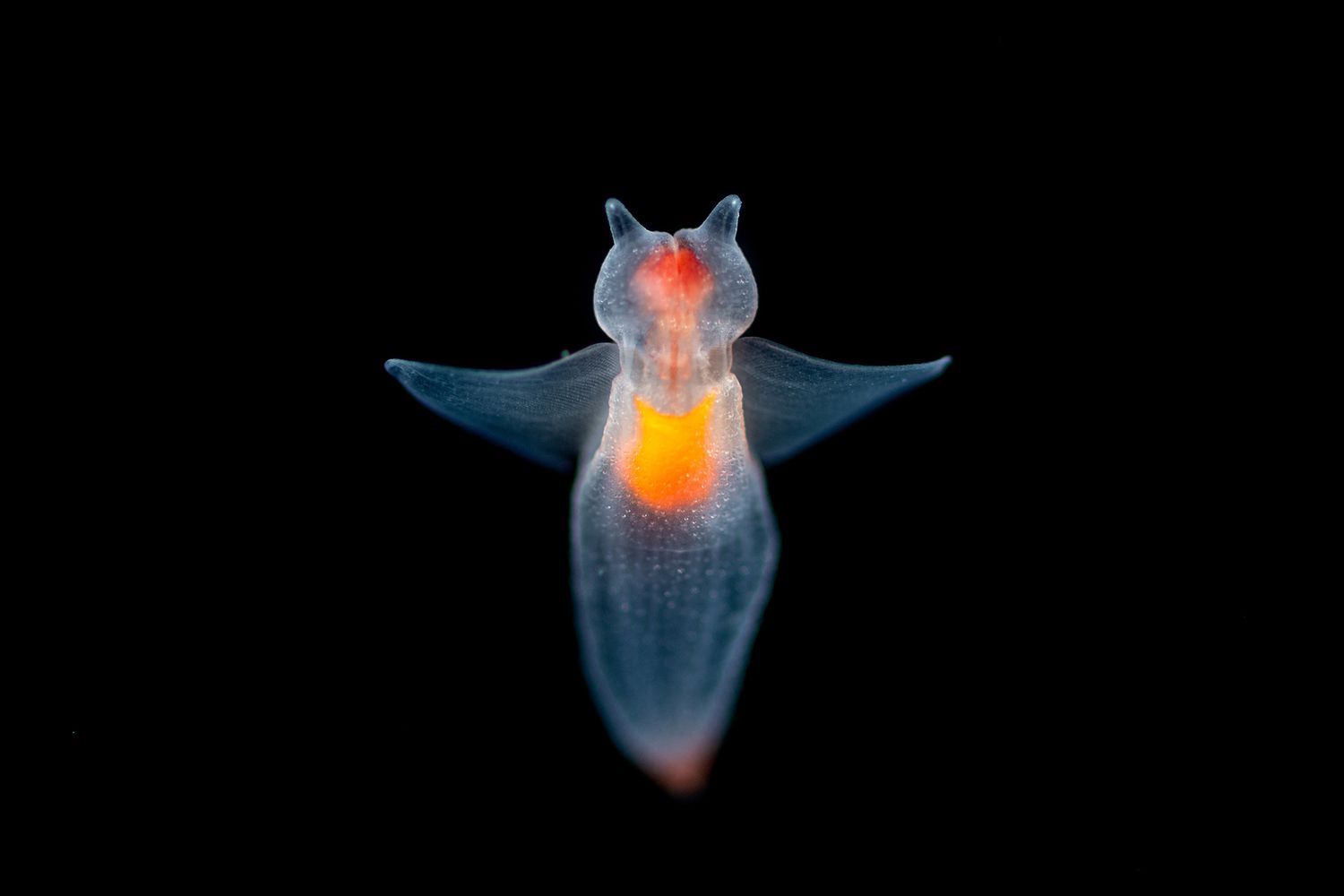
Ever wondered what mysteries lurk in the depths of our oceans? The deep sea, a place less explored than outer space, is brimming with secrets waiting to be uncovered. From bizarre creatures to underwater mountains, this vast, dark world holds wonders beyond our wildest imaginations. OhMyFacts brings you closer to understanding these enigmatic depths with 15 astonishing facts that will leave you in awe. Why do we know so little about this vast expanse? Simply because it's incredibly challenging to explore. But fear not, as we dive into the abyss, you'll discover creatures and phenomena that seem straight out of a sci-fi movie. Ready to plunge into the unknown and learn about the deep sea's most fascinating secrets? Let's get started!
Key Takeaways:
- The deep sea is a mysterious and unexplored world, home to unique creatures and potential medical breakthroughs. It's crucial to protect this environment while advancing scientific knowledge through sustainable exploration.
- Deep sea exploration holds the key to unlocking Earth's history and discovering new species. International cooperation and technological advancements will play a vital role in preserving and studying this fascinating and unknown realm.
What Is the Deep Sea?
The deep sea, Earth's final frontier, remains largely unexplored and mysterious. It starts where the sunlight fades, at about 200 meters (656 feet) below the ocean surface, extending to the very bottom of the ocean, the abyssal plains and trenches that lie miles beneath the waves.
Why Is the Deep Sea So Fascinating?
-
Life in extreme conditions: Creatures of the deep sea have adapted to survive in harsh environments, with no sunlight, freezing temperatures, and immense pressure. These adaptations include bioluminescence, unique feeding mechanisms, and slow metabolism rates.
-
Uncharted territory: More than 80% of the ocean remains unexplored and unmapped. This vast, unknown space holds secrets about Earth's history, extreme life forms, and potentially, new resources for medicine and technology.
Deep Sea Creatures
-
Bioluminescence: Many deep-sea creatures, such as the anglerfish and certain types of jellyfish, produce their own light through a chemical reaction to attract prey or mates and to deter predators.
-
Giant squids: These elusive creatures can grow up to 43 feet long. Despite their size, they were only captured on video in their natural habitat for the first time in 2012.
Deep Sea Exploration
-
Challenges: Exploring the deep sea is fraught with challenges. The crushing pressure, cold temperatures, and total darkness require specially designed equipment and vehicles, like submersibles and remotely operated vehicles (ROVs).
-
Mariana Trench: The deepest part of the world's oceans, the Mariana Trench, reaches depths of nearly 11 kilometers (about 7 miles). Only a few manned and unmanned missions have ever reached its deepest point, known as Challenger Deep.
The Importance of Deep Sea Exploration
-
New species discovery: Scientists estimate that thousands, if not millions, of marine species are yet to be discovered. Each expedition can reveal new species that have never been seen before.
-
Medical breakthroughs: Compounds found in deep-sea organisms have led to medical breakthroughs, including painkillers and antibiotics, showcasing the potential for more discoveries that could revolutionize medicine.
Deep Sea Ecosystems
-
Hydrothermal vents: These underwater geysers, found along mid-ocean ridges, support unique ecosystems. Life here thrives on chemicals like hydrogen sulfide, which is toxic to most known organisms.
-
Cold seeps: Similar to hydrothermal vents, cold seeps release fluids and gases from the Earth's crust, supporting diverse communities of life forms adapted to these conditions.
The Impact of Human Activities
-
Pollution: Deep-sea mining and plastic pollution threaten the fragile ecosystems of the deep ocean. Toxic substances and debris can harm marine life and disrupt habitats.
-
Climate change: The deep sea plays a crucial role in regulating Earth's climate. Changes in ocean temperature and chemistry affect deep-sea ecosystems and, by extension, the global climate.
Future of Deep Sea Exploration
-
Technological advancements: Innovations in technology will enable deeper, longer, and more detailed exploration of the ocean's depths. This could unlock mysteries about life in extreme environments and Earth's geological history.
-
International cooperation: As the interest in deep-sea exploration and its potential resources grows, international collaboration will be key to protecting these environments while advancing scientific knowledge.
-
Sustainable exploration: Balancing the need for exploration with conservation efforts is vital. Sustainable practices will ensure that the deep sea's wonders can be studied without causing harm, preserving them for future generations.
A Deep Dive into the Abyss
Diving deep into the ocean's mysteries has unveiled a world beyond our wildest imaginations. From bioluminescent creatures lighting up the watery depths to the uncharted territories that cover most of our planet, the deep sea holds secrets waiting to be discovered. With every expedition, scientists and explorers peel back layers of the unknown, revealing not just new species but also groundbreaking insights into life's resilience. This journey into the abyss shows us the importance of preserving these dark, mysterious places. They're not just fascinating; they're crucial to our planet's health and biodiversity. As we continue to explore, let's remember the responsibility we carry to protect these underwater wonders. After all, the deep sea doesn't just belong to the creatures that call it home; it's a vital part of our world too.
Frequently Asked Questions
Was this page helpful?
Our commitment to delivering trustworthy and engaging content is at the heart of what we do. Each fact on our site is contributed by real users like you, bringing a wealth of diverse insights and information. To ensure the highest standards of accuracy and reliability, our dedicated editors meticulously review each submission. This process guarantees that the facts we share are not only fascinating but also credible. Trust in our commitment to quality and authenticity as you explore and learn with us.


